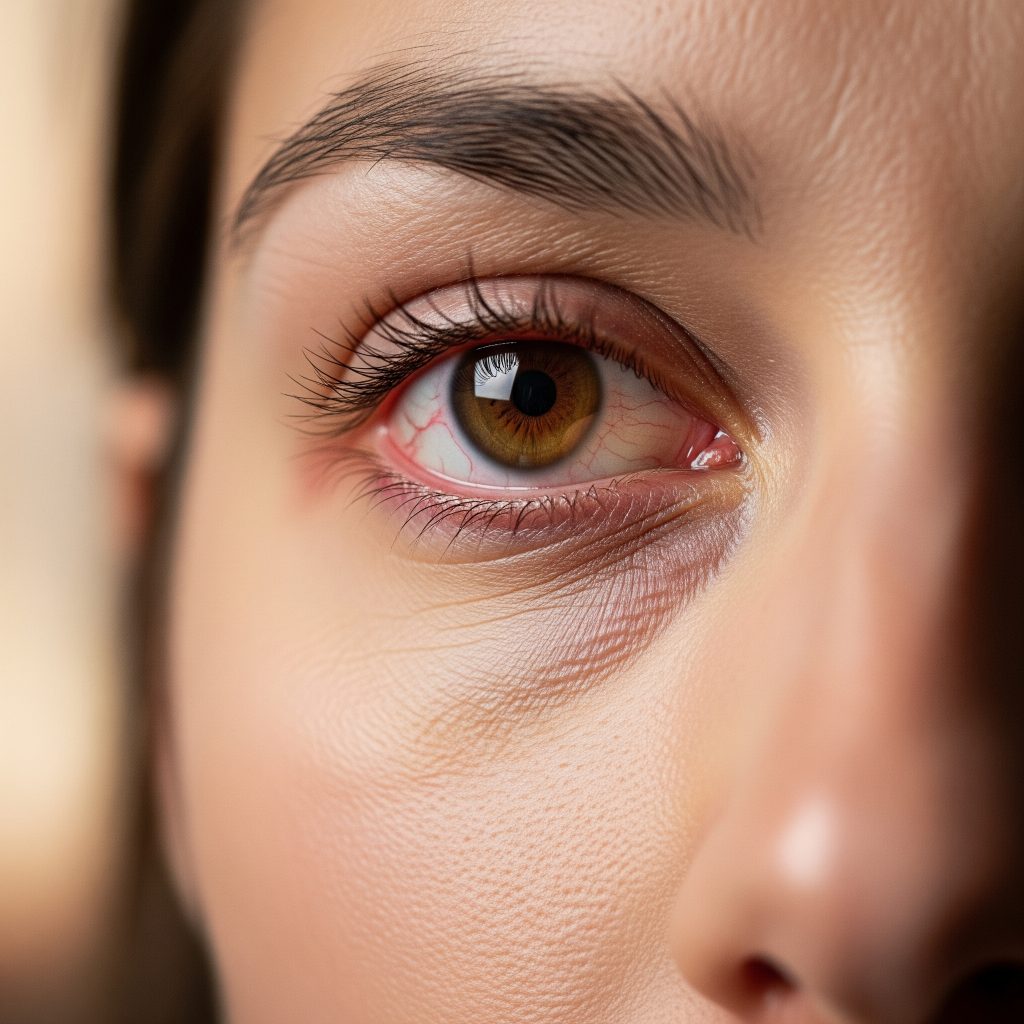
Dry eyes occur when your eyes either do not produce enough tears or when the tears evaporate too quickly, leading to an unstable tear film. This can trigger discomfort and even damage to the eye’s surface. Contributors range from aging, hormonal shifts, and certain medical conditions to environmental triggers and overuse of screens.
You may notice symptoms such as burning, stinging, a scratchy or gritty sensation, blurred vision, and sensitivity to light. Ironically, dry eyes may cause watery eyes as your eye reflexively produces poor quality tears.
Simple lifestyle adjustments can make a meaningful difference. Blinking more often, using humidifiers, avoiding direct wind or air blowing in your eyes, and positioning your screen lower to reduce tear evaporation are all recommended.
At-home remedies often work well for mild cases. These include daily warm compresses and gentle eyelid cleaning to stimulate oil gland function, artificial tears or lubricating gels, and dietary additions such as omega-3 rich foods or supplements.
When symptoms persist, more advanced solutions may be needed. Options include preservative-free or prescription eye drops like cyclosporine or lifitegrast, punctal plugs to slow tear drainage, moisture-retaining scleral lenses, and therapies such as intense pulsed light or gland clearing procedures.
Left untreated, dry eye can lead to complications like surface inflammation, corneal damage, or even infection, which can affect vision quality. Regular checkups at Findlay Creek Eye Clinic can pinpoint the underlying causes and guide a personalized treatment plan to restore comfort and clarity.